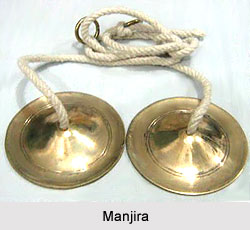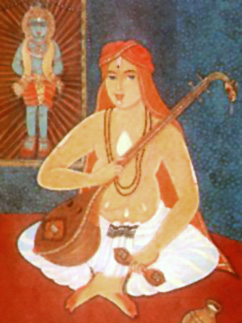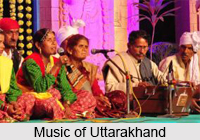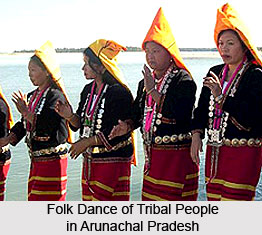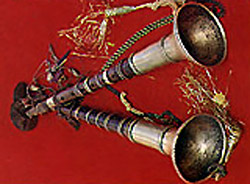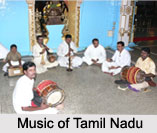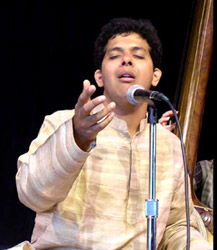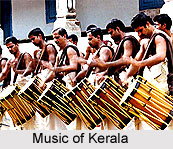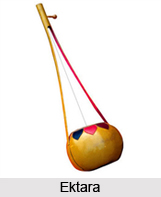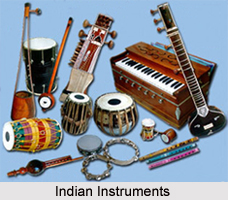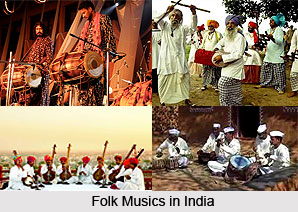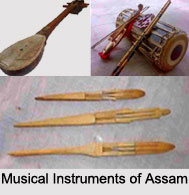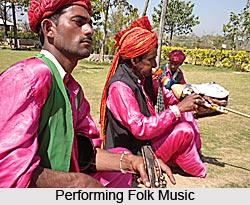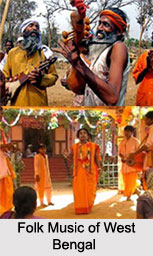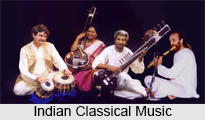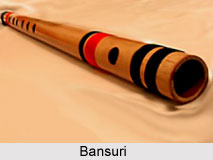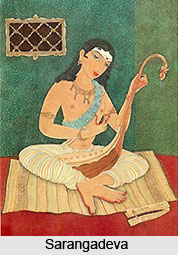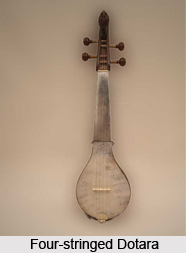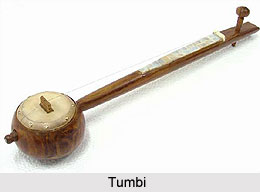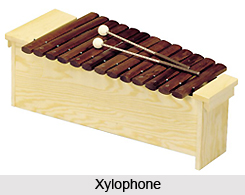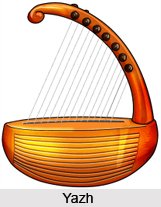 Yazh has been mentioned in many ancient Tamil works that shows the extent of popularity of the instrument. Tamil poet Thiruvalluvar mentions Yazh in his work Thirukkural. Many Tamil classical literary masterpieces written during Sangam age have mentioned this musical instrument. According to Cilappatikaram there are four kinds of yazhs: Periyazh with 21 strings, Makarayazh with 19 strings, Cakotayazh with 14 strings and Cenkottiyazh with 7 strings. The word Yazh is Tamil.
Yazh has been mentioned in many ancient Tamil works that shows the extent of popularity of the instrument. Tamil poet Thiruvalluvar mentions Yazh in his work Thirukkural. Many Tamil classical literary masterpieces written during Sangam age have mentioned this musical instrument. According to Cilappatikaram there are four kinds of yazhs: Periyazh with 21 strings, Makarayazh with 19 strings, Cakotayazh with 14 strings and Cenkottiyazh with 7 strings. The word Yazh is Tamil.
Yazh is an ancient instrument that was used as a primary instrument as well as an accompaniment to vocal music. Yazh lost its popularity when the Veena emerged. As the tip of the stem of Yazh was carved into the head of an animal called Yali it was named Yazh. The head-piece at the tip of the stem is retained even now as the head-piece in the Veena. This instrument was played with the fingers of both the hands and was tuned to a particular scale. By shifting tonic note or by retuning particular strings other scales were played on it. Yazh is considered as the precursor of the later Eka Raga Mela Veena.
Other varieties of Yazh are Seeri Yazh, Maruththuva Yazh and Adi Yaz,VilYazh which have been mentioned in ancient Tamil Literature. As an instrument Yazh had many limitations. Straight notes could be played and there were no facilities for playing Quarter-tones.
The senkotti yazh had a resonator which was covered with a wooden plank end. Its stem was a straight tube instead of a curved one. The sakota yazh had fourteen strings of which four were tuned in the lower register, seven in the middle octave and three in the upper one. The peri yazh might was a large sized harp with a boat-shaped pattar closed with leather and had twenty-one stings. The seeri yazh was a smaller version of the peri yazh.
The adi yazh is the first yazh. As per legends it was played to win over asuras during the kreta yuga, the first era of the world. It had thousand strings arranged in five octaves with two hundred in each.
